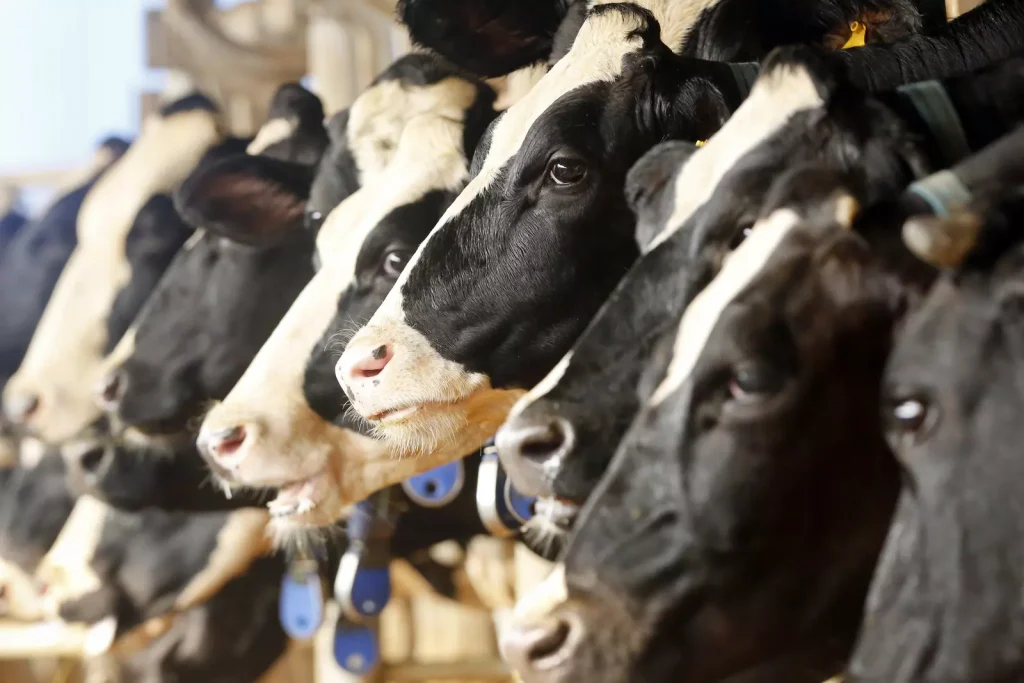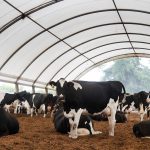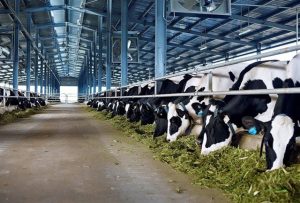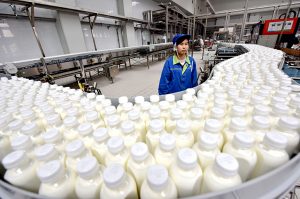
However, against the background of climate change, it also faces severe challenges when it comes to sustainable development.
In recent years, ESG has become a global trend in the business field. Investors, NGOs, and consumers hope to use more accurate, comprehensive and transparent data to examine the green development of enterprises. The answer to the sustainable development of the dairy industry may lie in technological innovation and digital management of ESG.
There are two major challenges for the sustainable development of the global dairy industry:
Rising temperatures have affected the development of global agriculture, which, in turn, produces nearly 20% of global carbon emissions (with the livestock industry contributing nearly 15% of this and the dairy industry the most). To this end, our global counterparts are working hard to reduce emissions, such as adjusting feed structure, optimizing cattle herd structure, improving manure management, developing wearable methane collection devices and using genetic technology. However, we must admit that reducing methane emissions from the livestock industry is a global problem and current progress is still very limited.
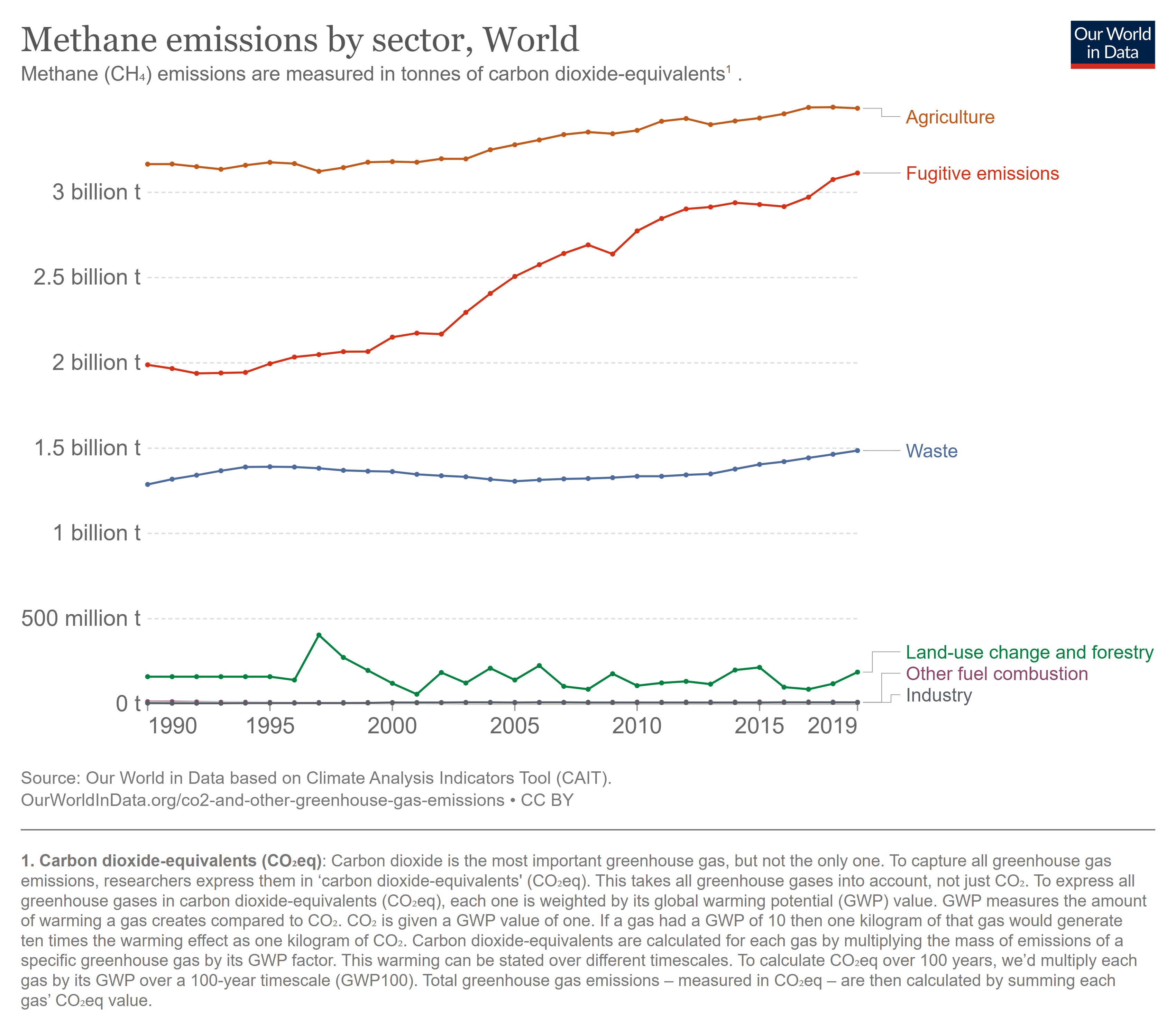
On the other hand, according to UN data, 828 million people worldwide were affected by hunger in 2021. This year, the global food security situation may further deteriorate due to superimposed factors such as the conflict between Russia and Ukraine, extreme weather and economic shocks. The nutritional needs of developing countries are also constantly increasing. Take China as an example: as the per capita GDP exceeds the $12,000 mark, the per capita dairy consumption is less than half of the global average, so there is still much room for improvement in China’s dairy consumption demand. In terms of meeting the nutritional needs of all human beings, the dairy industry still deserves to have high hopes.
China’s “greater food” concept
In 2021, the Chinese government put forward the climate commitment of “strive to achieve carbon peak by 2030 and achieve carbon neutrality by 2060”. But at the same time, China’s agricultural resources are minimal, while the constraints on environmental resources are very prominent. In this regard, China has proposed the “greater food” concept as a solution: to obtain calories and protein from cultivated land, grasslands, forests and oceans; and from plants, animals and microorganisms. The aim is to solve the problem of eating well on the premise of ecological sustainability.
To scientifically implement the “greater food” concept, we must establish a food production model based on the carrying capacity of resources and the environment and control the impact of resource utilization within the carrying capacity of nature to achieve sustainable food acquisition. (Carrying capacity is the maximum population of a species that can be sustained by that specific environment, given the resources available.)
Technological innovation is vital
Technological innovation is critical to the “greater food” concept. In recent years, innovation in agricultural technology, biotechnology and intelligent manufacturing have helped agriculture to increase production capacity and yield per unit area, improve the utilization rate of land resources, promote the transformation and upgrading of traditional agriculture to modern agriculture and achieve high-quality agricultural development.
Biosynthesis technology also deserves our high attention. Actively conducting research into and development of edible protein and feed substitute products and broadening the boundaries of the protein industry are important ways to achieve a greater food supply and lower greenhouse gas emissions.
Embrace the global ESG trend
The core of ESG is to use accurate and transparent data to measure the sustainable development level of enterprises. Enterprises with social responsibilities should take the initiative to do a good job in ESG management and fully disclose ESG data information. For Chinese companies, ESG is still a relatively new concept, but some companies have already started to catch up.
Mengniu has established an ESG data management system with more than 1,000 ESG indicators to manage its own sustainable development. It uses ESG reports to disclose relevant data in detail every year, actively responds to CDP questionnaires and accepts MSCI and other mainstream ESG ratings. We will strive to promote the Chinese dairy industry’s embracing of global ESG trends.
Colleagues from various countries continuously try to create a more sustainable dairy industry. We also look forward to continuing to contribute experience from China’s dairy industry to actively communicate with all interested parties, gain more insights and protect the common health of humankind and the earth.
